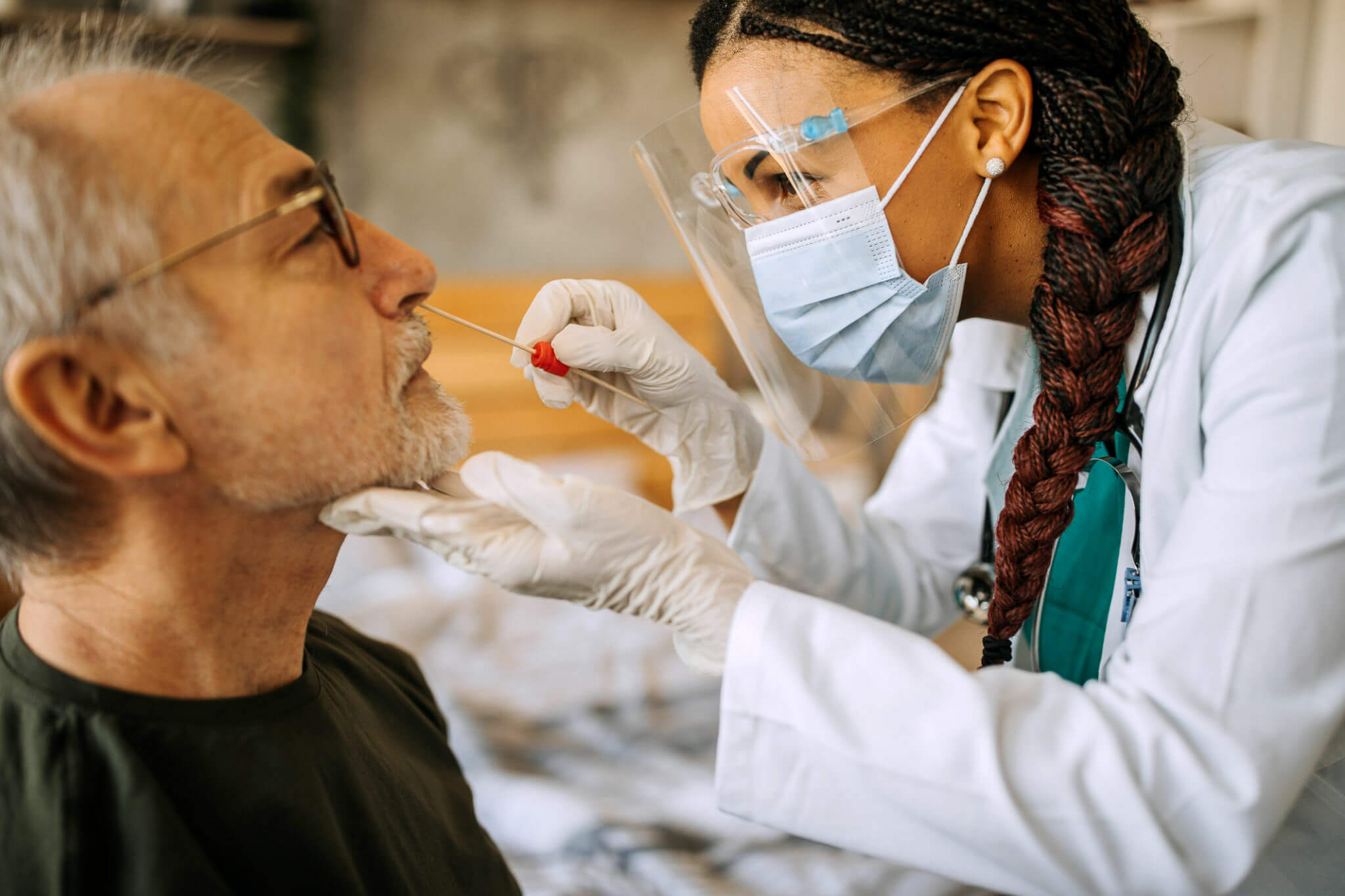Health Care and Nasopharyngeal Swabs in COVID-19 Testing

Since its emergence in 2019, COVID-19 diagnostic testing has become a critical tool in the fight against the COVID-19 pandemic. Diagnostic tests determine if someone is currently infected with SARS-CoV-2, the virus that causes COVID-19. Knowing who is infected allows them to isolate and mitigate spread. The U.S. Food and Drug Administration (FDA) has authorized two main types of COVID-19 diagnostic tests: molecular RT-PCR tests and rapid antigen tests.
How Diagnostic Tests Work
RT-PCR tests detect the virus’s genetic material using a technique called reverse transcription polymerase chain reaction. The test amplifies viral RNA to detectable levels so even small amounts of the virus can be identified. RT-PCR tests are highly accurate but rely on specialized lab equipment. Turnaround times for results are typically 1-3 days.
Rapid antigen tests instead detect specific viral proteins. While antigen tests can provide results much faster, in about 15-30 minutes, they have a higher rate of false negatives compared to RT-PCR tests. Depending on the situation, a negative antigen test may require confirmation with an RT-PCR test.
Sample Collection
To perform a diagnostic test, a sample needs to be collected. The most common approach relies on nasopharyngeal swabs. A healthcare provider uses a long flexible swab to collect a sample of mucus from the back of the patient’s nasal cavity and throat. The long swab is necessary to reach far enough back to get an adequate sample. The swab is then sealed and sent to a lab for analysis.
Collecting the nasopharyngeal sample can be uncomfortable for patients as the swab reaches deep into the nasal passageway. However, it only lasts for a few seconds. Some testing locations offer self-collected mid-turbinate or anterior nasal swabs which do not reach as far back into the nasal cavity. Saliva tests are another option where patients simply spit into a collection tube. While saliva is easier to collect, samples contain lower levels of virus which impacts test sensitivity.
Who Needs Testing
Diagnostic testing is recommended for anyone exhibiting COVID symptoms like fever, cough, and fatigue. Testing is also advised after close contact with an infected person, when required for medical procedures or travel, and when community transmission levels are high according to CDC guidelines.
Certain groups like healthcare workers are prioritized to reduce risk of transmission from asymptomatic carriers. Regular screening programs have also been implemented in many workplaces and schools. Monitoring both symptomatic and asymptomatic cases through widespread testing is key to controlling outbreaks, especially considering shortfalls in vaccination and issues around new variant immunity evasion.
Therefore…
Despite vaccination efforts, COVID-19 still presents an ongoing public health threat. However, diagnostic testing enables tracking of COVID cases to guide isolation measures and treatment decisions. Although collecting nasopharyngeal swab samples can be uncomfortable compared to other respiratory pathogens, the uniqueness of the COVID pandemic calls for unique control measures, of which diagnostic testing is an indispensable component. Continued research aims to improve testing methods even further to bolster future pandemic preparedness and response capabilities globally.
Click to View → Mantacc 96000A Nasopharyngeal Swab
References
-
1. COVID-19 Testing: What You Need to Know
-
2. Healthcare Workers: Information on COVID-19








